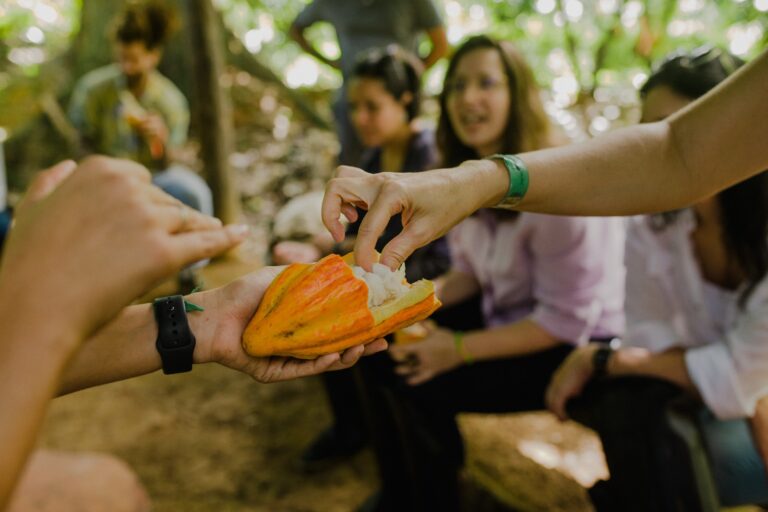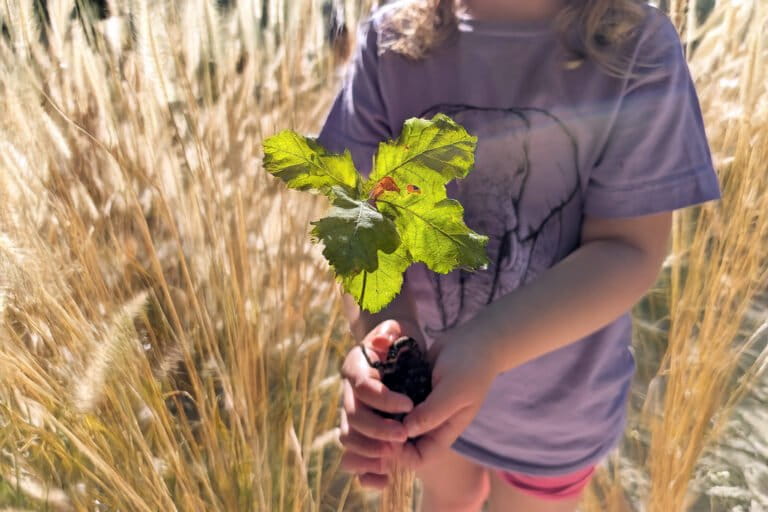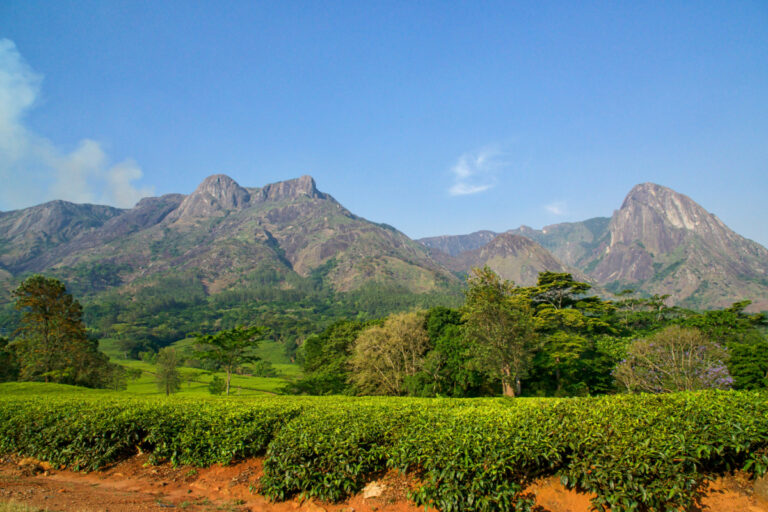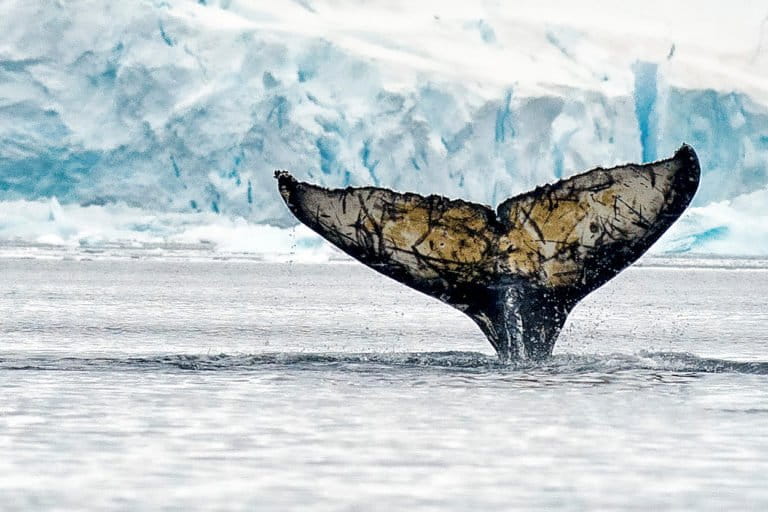- In Colombia southwest, Kamëntšá and Inga Indigenous women are at the forefront of the struggle to defend their territory, which provides water to the rest of the Putumayo. Through transmitting their language, cultivating traditional farms, sharing ayahuasca, and traveling the Sibundoy Valley, they keep their knowledge system alive: this is the basis of their defense of the territory.
- Although less than 30% of land in the region is suitable for cattle ranching, approximately 8,000 hectares (84%, 19,700 acres) are dedicated to this activity, impacting key ecosystems and water sources.
- At least 45 women have organized to resist the advance of monocultures and deforestation. They achieve this through their chagras, traditional growing spaces that contain hundreds of edible and medicinal plant species.
- Their knowledge and deep connection with the territory have enabled them to participate in the creation of Indigenous reserves and to oppose large-scale road-building projects on their land.
The Sibundoy Valley in Putumayo, southwestern Colombia, is an ancestral territory inhabited by two sister ethnic groups: the Kamëntšá and the Inga, descendants of the Peruvian Incas. It is also the place where at least four rivers originate, including the Putumayo, which later joins the Caquetá before flowing into the Amazon.
The valley is situated in a region of the Andes known as Nudo de los Pastos, before it branches into three separate mountain ranges, with peaks measuring up to 3,500 meters (11,400 feet) above the sea level and several páramos (high-altitude Andean ecosystems) surrounding it. Although far from the Amazonian lowlands, it is an essential part of the territory, providing water to the rest of Putumayo.
Due to its climate, the Sibundoy Valley does not face the same challenges — such as illicit coca cultivation and armed groups — as the lower Putumayo, but it is threatened by cattle ranching and extensive plantations of beans, corn and lulo, which were established in the territory decades ago. Large-scale infrastructure projects such as the new road between San Francisco and Mocoa municipalities also pose a risk to conservation in the area.

As part of a special on Indigenous guardians coordinated by Mongabay Latam, Colombia’s independent online news platform La Silla traveled to the Sibundoy Valley to learn about the work of three Indigenous women in the defense of this territory, who embody the efforts of many others.
For the Kamëntšá and the Inga, the environment does not exist as a singular entity: Everything — people, plants, animals, mountains — is nature; we all have a spirit and depend on one another. These women, through the silent work of transmitting their language, cultivating chagras (small subsistence plots), sharing yagé (a brew), and traveling the length of the Sibundoy Valley, nurture this knowledge system and their deep connection with the territory, advocating for its protection.
Judy, an expert in sacred plants that connect with the territory
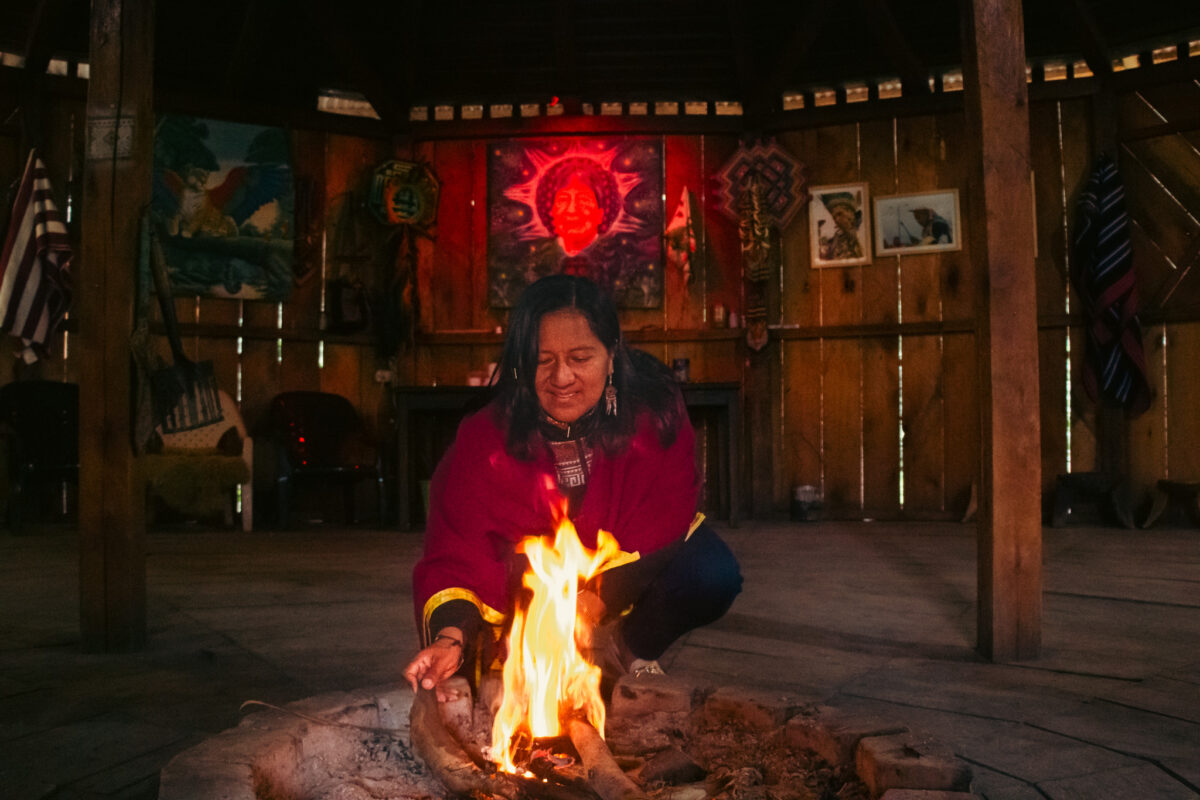
Judy Jacanamejoy is a member of the Kamëntšá Indigenous people. Her mother, María Clementina Chicunque, was a teacher and a traditional healer from whom Judy learned almost everything she knows today. She knew about the healing properties of each plant, or as Judy calls it, “the language of nature.”
“I remember seeing her in the backyard talking to the plants, calling them by name,” Judy says. “She told me they could hear us and that each of them had a different energy: some are sweet or warm, like rose petals, and others bitter or cold, like rue. She knew how to use them according to the needs of each person.”
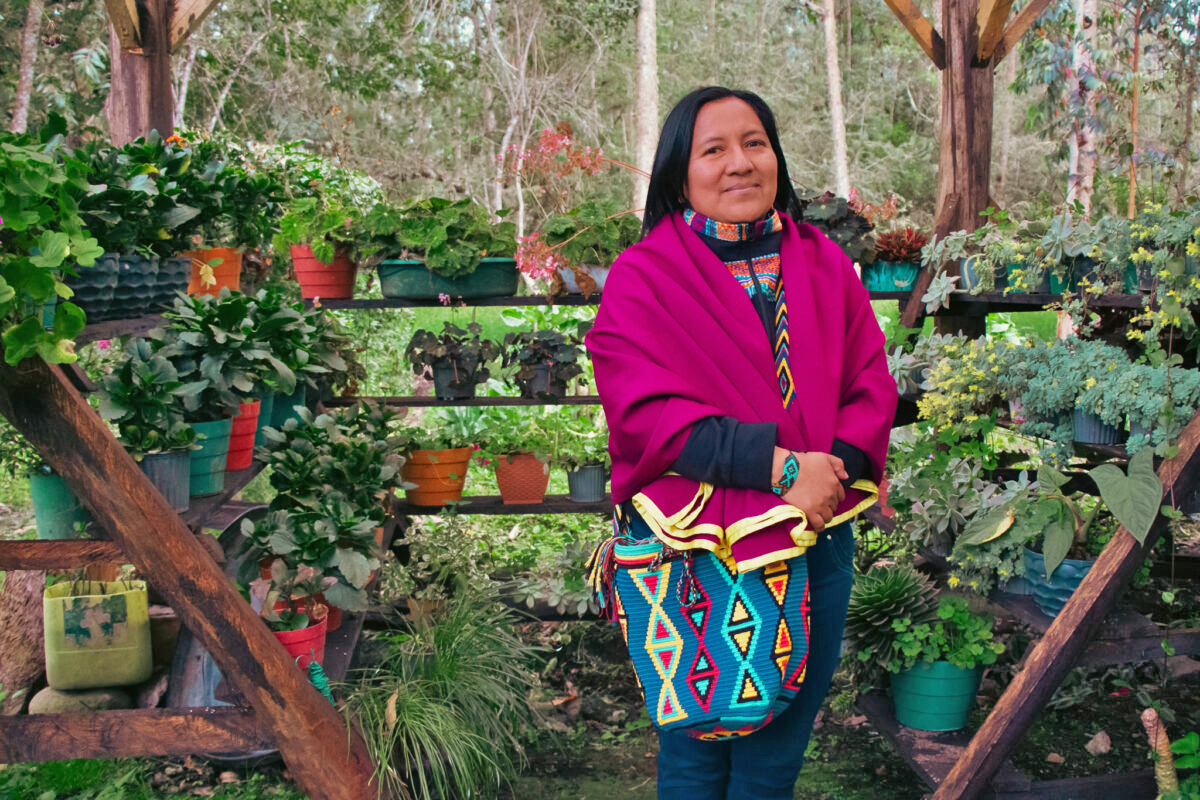
Little by little, her mother began to teach her, and she learned this wisdom, as well as how to share yagé (medicine) or ayahuasca, as it is also known. Her father, Taita Arturo, a shaman famous for his knowledge and defense of the valley, gave her the confidence to practice.
“My father rejects the idea that the days women are on their period — moon days — are malignant, repulsive, shameful. He says there’s a powerful force in women, and this is why they need to rest and take special care of themselves during this time,” she explains. Judy uses yagé to help people connect with the root, with the territory, thus making them aware of the need to protect it.
For her, understanding that Mother Earth is inseparable from people is fundamental to survival, and she says that yagé allows us to truly comprehend and experience this reality. She believes, for example, that the water of the womb is the same as the water of the páramo, because both are givers of life. Thus, when women go to her with abdominal pain, it is a sign that something is wrong in the mountains.
“In the womb, we depend on the water of our mother. When we are born into this world, which is merely another sphere, we continue to be dependent on water, fire, air and earth, without which we can’t survive,” Judy says. “Everything is made of water, which is why when someone is sad, they cry; they produce tears, water, to comfort themselves.”
In the Sibundoy Valley, on the border with Nariño, potato plantations have expanded near the páramos. Higher up in the mountains, settlers cultivate avocados and beans, and burn wood to make charcoal. These places, says Argenis Lasso, former director of Corpoamazonia, should be reserved to protect the rivers that originate there.

In the Valley, more than anywhere else in Putumayo, spirituality and medicine are central to everyday life. At birth, many Indigenous children undergo a ritual known as conjuration, in which they are given a few drops of medicine by the taitas (healers or shamans). Throughout life, this serves as an antidote, a divine wisdom that helps cleanse, understand and endure pain, and transcend.
Judy says that many people take it initially because they want to have a psychedelic experience, “but the pinta [the visions one sees during a trip] is what each person is experiencing in that moment; it shows how each of them relates to themselves, to the rest of the world.” Yagé, or yagecito, as it is referred to there, is an instrument to achieve balance.
The substance is extracted from a vine that grows predominantly in the lower Putumayo and is then transported to the valley. Each family has their own recipe for preparing the liquid that is served in a small cup. Judy describes how, with her father, brother and others from their community in the reserve of La Menta, they hold a minga — a collective work party — to bless and brew it.
Everyone in the valley is invited — including government officials who sometimes visit and others who are based there and occasionally clash with the community over their differing conceptions of territory — to take medicine and talk so they can understand one another better.
Jacinta, traveler and guardian of territorial harmony
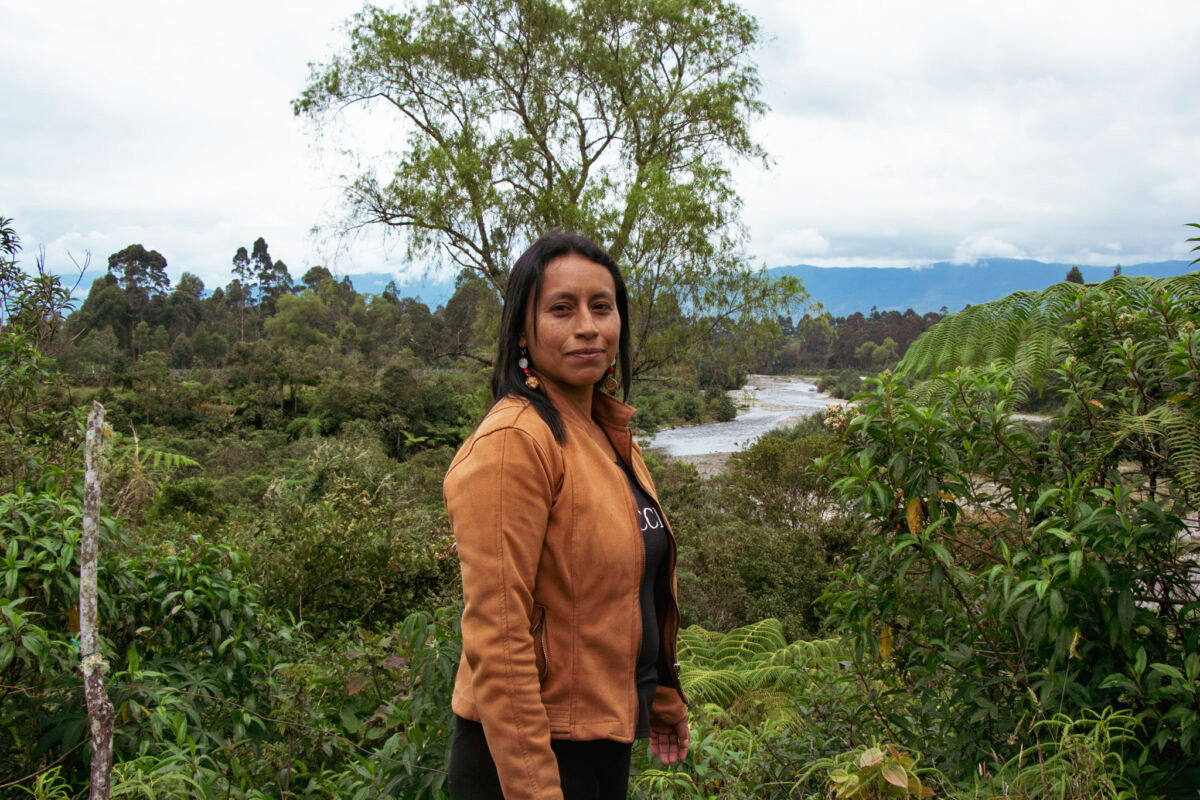
Jacinta Jamioy is 40 years old. She is Kamëntšá but also has Inga roots on her great-grandmother’s side. Unlike others from the community who went away to study, she believes that her place is in her territory, that no knowledge is more valuable than being connected to what happens there. This is what gives her the courage to speak out and defend it.
She was 20 years old when she began traveling the mountains of the Sibundoy Valley with her late father, Gabriel, and Taita Arturo, Judy’s father. Both encouraged her to do it. “I wondered: Why me? I had two brothers who would have been better at it, who were stronger. But they believed I was the one.”
She listened to them talk in meetings with people from the village about the rights of Indigenous communities, and now says, “It was like an awakening, a call of the earth. I understood that we’re from here, we’ve always been here, so we shouldn’t be discriminated against.”
On July 26, 2010, Jacinta and approximately 6,000 other Indigenous people mobilized in the Valley to demand a consultation about the construction of a new road between the municipalities of San Francisco and Mocoa, which, at the time, was said not to affect Indigenous territories. They demanded recognition of their ownership of the land, which had not yet been acknowledged by the state.
In 2011, they established the Indigenous Guard, learning from the experiences of communities in the Cauca Valley, with whom they maintained constant communication, and allowing themselves to be guided by the taitas and mamitas (community elders), who stated that Indigenous peoples have always been guardians of the territory. Regarding how long she has been doing this work, Jacinta says, “I never stopped doing it, though I don’t always use the traditional staff and the green and yellow scarves that represent nature.”
Her in-depth knowledge of the territory has enabled her to participate in many processes, one of the most important being the creation and expansion of several of the Kamëntšá and Inga reserves that exist in the valley today. The reserve where she lives, located in San Francisco, was established in 2016, covering a total area of approximately 17,000 hectares (42,000 acres). The Sibundoy Reserve was expanded from 3,200 hectares to 42,000 hectares (7,900 acres to 103,700 acres) that same year.
“Because I know the valley, I’ve been called on several times to guide cadastral officials to the different boundaries of Indigenous territories,” she says.
For over a decade, one of the main causes she has defended, alongside the Indigenous Guard, is the care of the territory. This is why they are concerned about the construction of the new road, a project launched in 2012. The idea is that, by 2030, when it is complete, it will serve as an alternative to the road known as the ‘Springboard of Death’ and will be renamed the ‘Springboard of Biodiversity.’ This road connects Pasto to Mocoa, the Amazon to the Andes.
Classified by the National Roads Institute — INVÍAS — as the most dangerous road in the country, it is also one of the most beautiful, according to Juan Esteban Gil, who was the director of INVÍAS until 2022. Only in January, a lorry went over one of its precipices and six people died. The new road promises to cut the journey time by a third, as it currently takes about three and a half hours to get from Mocoa to the Sibundoy Valley.
However, like Jacinta, many people from the Indigenous and campesino communities think the road is dangerous because of the negligence of drivers who drive too fast or in adverse weather conditions.

“Building another road on the other side of the mountain would kill it. It’s like a tree: if you cut around it and remove all its bark, what happens? It dries out,” Jacinta says, using a metaphor of Taita Arturo’s. The road’s construction, she says, will not benefit them, but rather “is part of a plan to connect the southern Pacific coast of Colombia with the Atlantic in Brazil — the Initiative for the Integration of the Regional Infrastructure of South America (IIRSA) — and to transport products and minerals like copper which they wish to extract from Mocoa,” she explains.
With adequate maintenance and the construction of viaducts to shorten the journey, many people in the valley think the original road is enough.
Sources at INVÍAS, however, say it is impossible to keep the original road as it stands. According to Gil, it cannot be paved because this would increase the risk of accidents exponentially. Neither is there space for two lanes, nor is there the possibility of making the curves wider, because the mountainside is almost vertical. “The original road isn’t suitable for lorries or big buses,” he adds.
One of the key impacts the new road will have is the overlap with the ancient footpath — Tanguá Benach — of the Inga and Kamëntšá, which connects the lower and upper Putumayo, and via which elders would travel to exchange medicine and food. It also cuts into the Reserve of the Upper Mocoa River Basin, which is why its construction was put on hold in 2017. Gil says that, due to the impact on the footpath, and despite the project having an environmental permit, communities were invited to participate in a consultation process in 2022.
“During discussions about the route map for the consultation process, in 2024, the company asked us to define a timeframe and a budget,” Jacinta says. “However, after meeting with the other members of the Guard — taitas, mamitas, young people and children from the community — and consulting with the medicine for guidance, we decided it wasn’t convenient.”
“What we think,” she continues, “is that we can’t put a time limit on the consultation process because we are never going to accept the desecration of the territory. Neither can we define a budget, because to do so would be to put a price on the life of the territory, the mamitas and the taitas.” She says she feels that what is at stake is the future of subsequent generations.
She says they have informed the consortium that they must meet with the elders so they can decide whether they want the new road. “We’ve even invited them to take yagé so they can understand how we feel about the territory,” she adds. The route map has not yet been completed.

Like Judy, Jacinta also believes that defense of the territory is not possible if a person is out of balance. In 2020, when taking yagé, she saw a rainbow of colors emerging from her hands, which she now brings to life in her mandala designs. They are the same colors she sees in nature: in the flowers, the earth, the water of the territory she has traveled — cool and warm colors that represent the beauty of the Sibundoy Valley and its mood in a given moment. “When I’m not well, I don’t weave. Our body is the first territory,” she says.
Mamá Conchita, chagra grower and protector of biodiversity

María Concepción Juajibioy, better known as Mamá Conchita, is 58 years old, Indigenous Kamëntšá, and lives in the Inga Colón Reserve. After serving as a community mother for six years and spending another 11 years in a program for lactating mothers and their children at the Colombian Institute of Family Welfare (ICBF in Spanish), she attended university to study anthropology and ethnoeducation.
Now she is one of about 50 female leaders who promote chagras, the traditional farming model of many Indigenous communities, which could shine a light on more environmentally friendly agricultural practices in the current context of the climate crisis.
Behind her house, decorated with her diplomas and those of her five children, is a bright green garden, measuring half a hectare (1.2 acres) and containing 217 species of medicinal, ornamental, timber-yielding and edible plants. There are citron (Citrus medica) and apple trees, uchuva (Physalis peruviana) and granadilla (Passiflora ligularis), mountain papaya (Vasconcellea pubescens), and tranca beans. It also contains plants like descancel (Alternanthera lanceolata), which is used to treat a fever. There are achira flowers (Canna indica), a food source for hummingbirds (which, for Indigenous peoples, are messengers of deceased loved ones) and, of course, corn — sbuachan, in Kamëntšá — “the seed of strength and hope for the life of a village,” says Conchita.
The flowers are used for the decorations of Bëtsknatéque, a festival they celebrate every year in February, to give thanks to Mother Earth for everything she has given them.
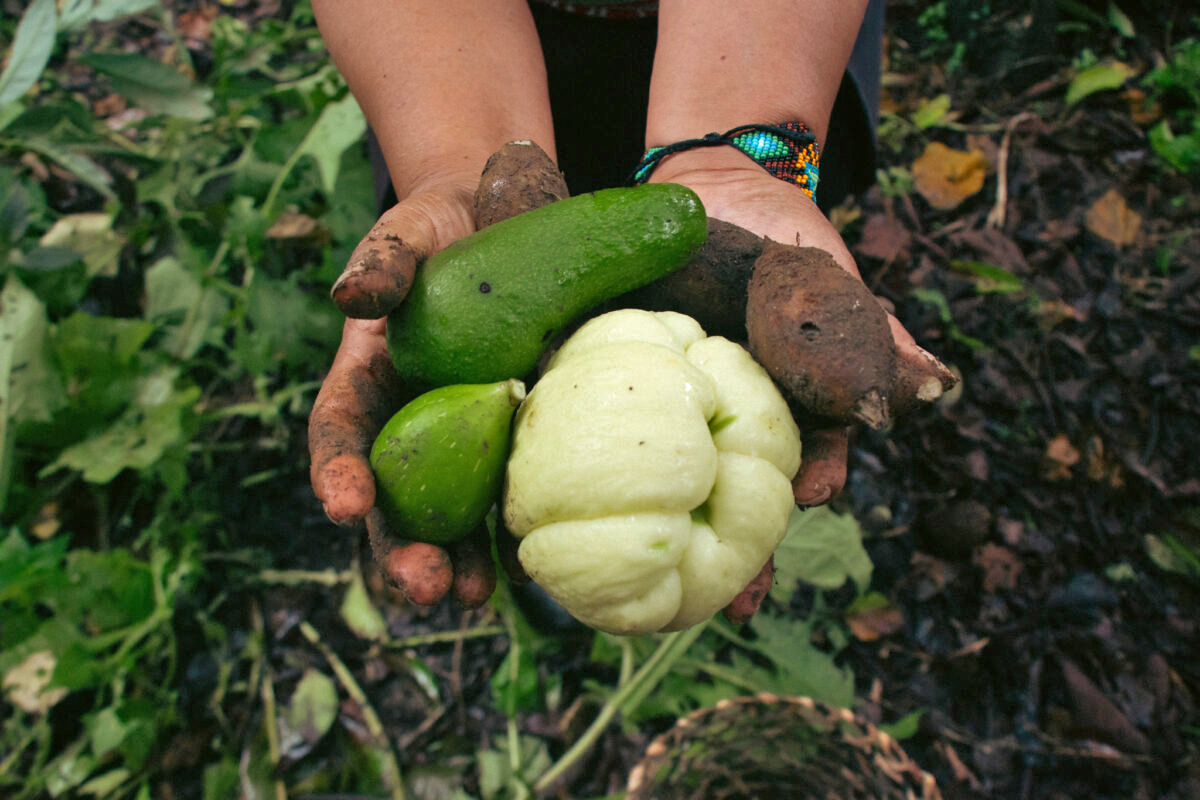
Conchita’s garden of life — her jajañ — is a banner of resistance to the agricultural model of monocultures that has been implemented mainly by settlers, but also by some Indigenous families in the Sibundoy Valley.
Previously, there was a large wetland there called the Pantano, formed of all the waters that emerge from the páramos, which would flood the lowlands. In the 1970s, the river courses underwent changes, and the Institute for Rural Development (INCODER in Spanish) created several artificial channels to facilitate large-scale agriculture and transform the region into an agricultural breadbasket.
The vegetation was replaced in many areas by dairy cattle and hundreds of hectares of extensive plantations, so that the landscape now resembles the Bogotá savanna.
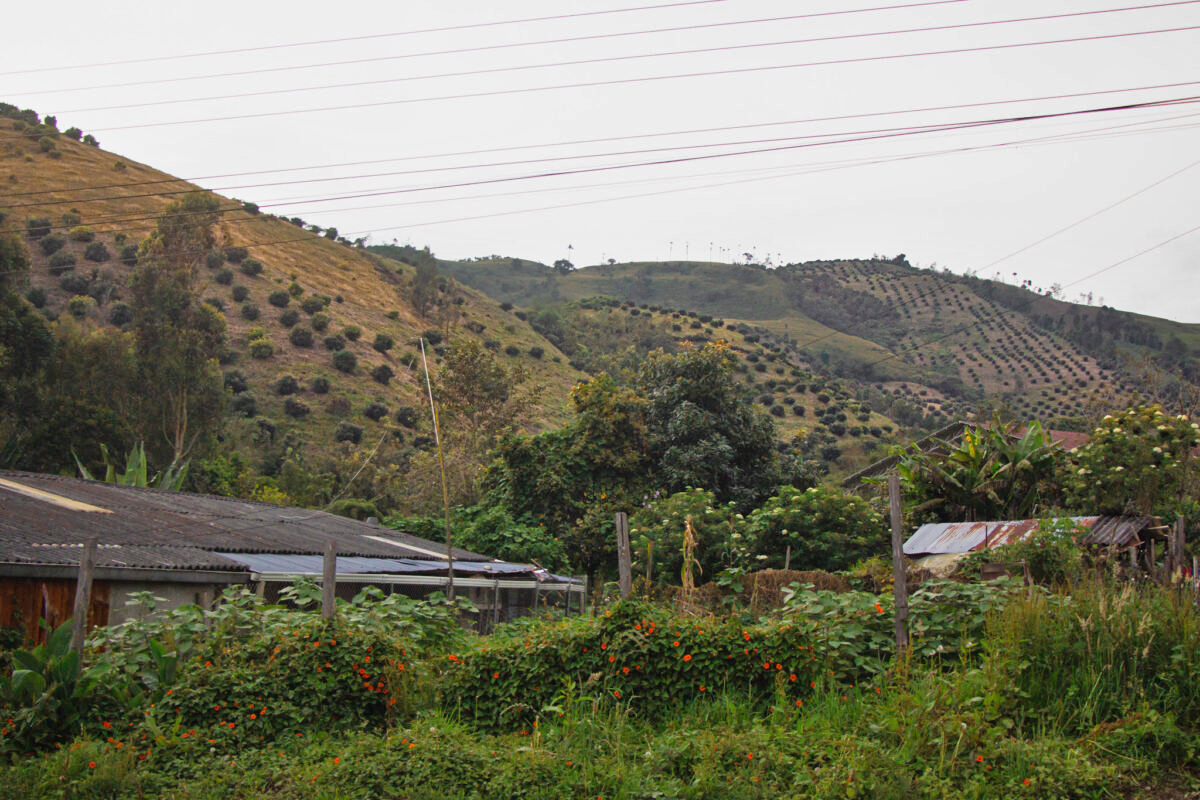
According to a study carried out on the floodplains and on some of the hillsides of the Sibundoy Valley by the Agustín Codazzi Geographic Institute (IGAC, the government agency that oversees land use) in 2016, despite less than 30% of the land being suitable for cattle ranching, 84% — almost 8,000 hectares (19,700 acres) — is used for this purpose. Furthermore, some 30% of the original forest, wetlands, marshes and water bodies have been reduced to 3% (278 hectares, or 686 acres).
For Conchita, one of the significant differences between the chagra system and monocultures is that the latter requires the intensive use of agrochemicals. For example, there are many slugs in the valley, which are increasingly resistant to insecticides.
In her chagra, on the other hand, plants help one another: They provide each other with shade, their leaves fertilize the soil to support older plants and encourage new ones. Several plants serve as food sources for hummingbirds and bumblebees, which, in turn, spread seeds and pollinate other plants. Some species regulate the invasion of others to maintain a certain balance. Conchita, for her part, removes weeds that have grown in excess and are taking nourishment from other plants.
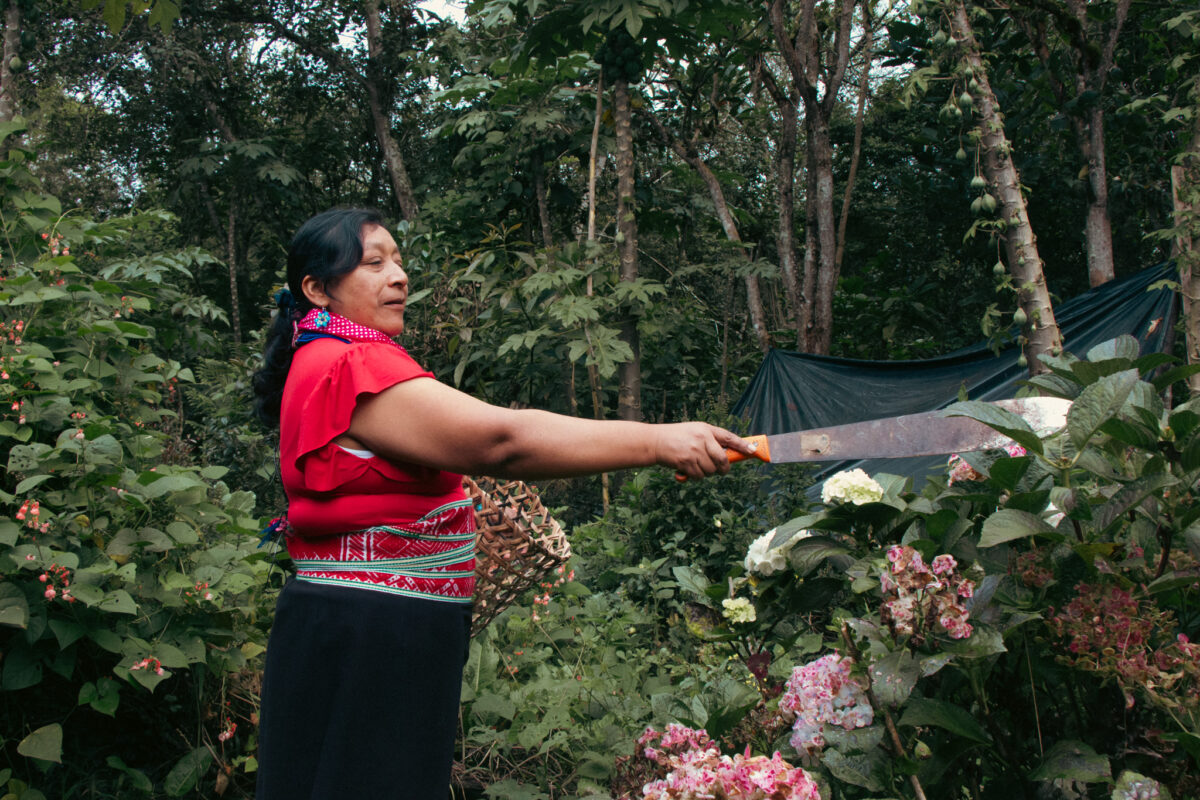
Her conviction has been put to the test several times. When she was younger, her father sent her to study in the school in town. “He didn’t want me to study in the village school, which wasn’t as good.” There, she was taught by nuns and was discriminated against for being “Indian,” for talking “like an animal,” and for the packed lunch she brought to school and ate in secret under the stairs. She decided not to teach her children to speak the language.
“How could I make them go through the same ordeal?” Now they speak perfect Spanish and very little Kamëntšá. This is the case for most Indigenous people living in the valley.
Now that she is aware of its importance, she struggles every week to keep her language, and with it an essential part of her culture, from disappearing. The chagra is a fundamental part of her strategy.
For several years, she has run a self-education school, Cabënybe Juabna, meaning ‘Our Thinking,’ where she teaches vocabulary and grammar to her grandchildren, their cousins and their friends. She also gives classes to outsiders and invites them to repeat, over and over, “aslëpay” — thank you very much — and “tšabe ibeth” — goodnight — among many other words. She takes the children to the chagra to reinforce the language, naming all the plants that grow there, and explaining the traditions and cosmovision represented in this form of agriculture.

But she has not always been so dedicated to preserving tradition. Several years ago, she clashed with some of her neighbors who complained about the “untidiness” of her garden. They said it hampered drivers’ visibility.
“I felt disparaged for the work we were doing. They made a complaint to the mayor’s office, and we agreed to cut some of it down. I cried when I felled those trees, some of which had been there for 20, 30 years. But when I took yagé I realized that what we were doing was right and we should not let ourselves be belittled for it. We have kept our chagra as it is now ever since,” Conchita says.
Although chagras have declined in the territory, organizations like the Oh Corey Association of Ancestral Thinking, Environment and Society (AS), Renacer and ClimaLab are working with women to promote them. The latter currently has a project involving 45 Indigenous Kamëntšá women who represent 17 community organizations.
The project has mapped approximately 50 chagras. Conchita is one of the beneficiaries. So is Luz Elvira Jossa, from the Oh Corey association, which brings together displaced Indigenous women who cultivate their chagras on borrowed land. “Our work is to detoxify Mother Earth: as women, our role has always been to cultivate the chagras, the vegetable gardens,” Luz Elvira says.
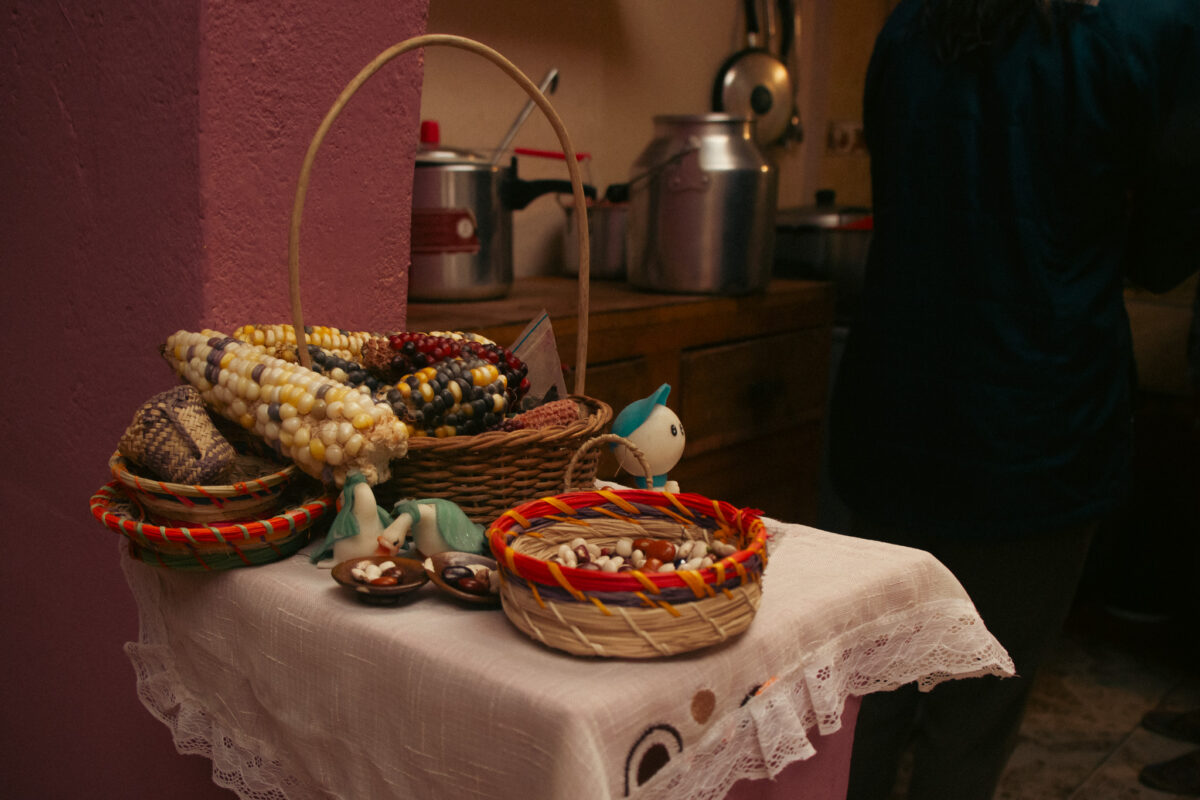
Climalab is attempting to establish a network of custodians of native seeds who exchange seeds with one another to maintain and recover species that have disappeared from the territory at some point, such as naranjillo (Solanum quitoense). It also teaches them to make organic fertilizers and to enrich the soil, combining Western and ancestral knowledge.
“We’ve tried to emphasize the importance of the chagras. Many of the women who used to work with monocultures recognize this. But now, eight years later, they can say with confidence that they’ve recovered their chagras,” Conchita says. She says that using their produce to make creams, shampoos and essential oils, which they can then sell, has strengthened their determination. They now see hummingbirds, bees and lizards in their backyards.
At night, dozens of fireflies light up Conchita’s chagra. Although a scientific study from 2020 warns of their possible global extinction due to mass habitat loss and pesticide use, they are still abundant in the Sibundoy Valley. In one of the corners of the chagra there is a chimbalo or tree tomato (Solanum sibundoyense), which Conchita planted 14 years ago, and which is now fruiting for the first time. The reason it has taken so long to grow, according to Conchita, is that monocultures are killing certain naturally occurring microorganisms. She says this is why certain foods are disappearing. Conchita has been patient.
A study by Climalab shows that crop yields in the Sibundoy Valley, compared to the area planted, are very low. For an average of 835 hectares (2,060 acres) harvested annually between 2015 and 2019, the production was 1,366 tonnes, which represents a yield of only 1.63%. According to Camilo Pirajan, coordinator of Climalab’s climate change project in the Amazon, the influencing factors are the intensive use of agrochemicals and synthetic fertilizers, as well as inadequate crop rotation, which depletes the soil and makes plants more susceptible to pests and diseases.
A mapping of the agricultural frontier carried out by the same organization, based on data from the Information System for Rural Agricultural Planning (SIPRA in Spanish) from 2023, shows that the frontier is constantly expanding towards the remaining forests and restricted areas such as natural parks and Indigenous reserves.
Conchita and her chagra’s resistance is a tangible example of a different way of coexisting with the territory. “The chagra is a living school: it’s where our Inga and Kamëntšá mamitas taught us traditional crafts, our language. In the chagra we are inspired by all the colors of the birds, the butterflies, the flowers, to paint, to weave, to create music. There’s so much biodiversity,” Conchita says.
Through emphasizing the value of the chagra for food sovereignty and the water cycle, she has been able to convince her community of the importance of this work, which was once perceived as domestic and trivial.
They are more easily persuaded now because deforestation is increasing and the valley floods more frequently every year. This is due to inadequate maintenance of water channels built decades ago and because people are cultivating close to riverbanks, without leaving any trees to protect against erosion.
“The chagra is a microcosm of the territory,” Conchita says. “We want public policies to recognize our knowledge and promote interculturality so that new generations — our own and others — may understand it, because it is about maintaining life.”
This story is published in partnership with La Silla Vacía.
This story was first published here in Spanish on May 6, 2025.
Banner image: Sara Arredondo – Baudó Agencia Pública
Editor’s note: This article is part of the project ‘Amazonian Rights in Focus: Protection of Peoples and Forests,’ a series of investigative reports about deforestation and environmental crimes in Colombia, financed by the Norway’s International Climate and Forest Initiative (NICFI). Editorial decisions are made independently and not on the basis of donor support.







